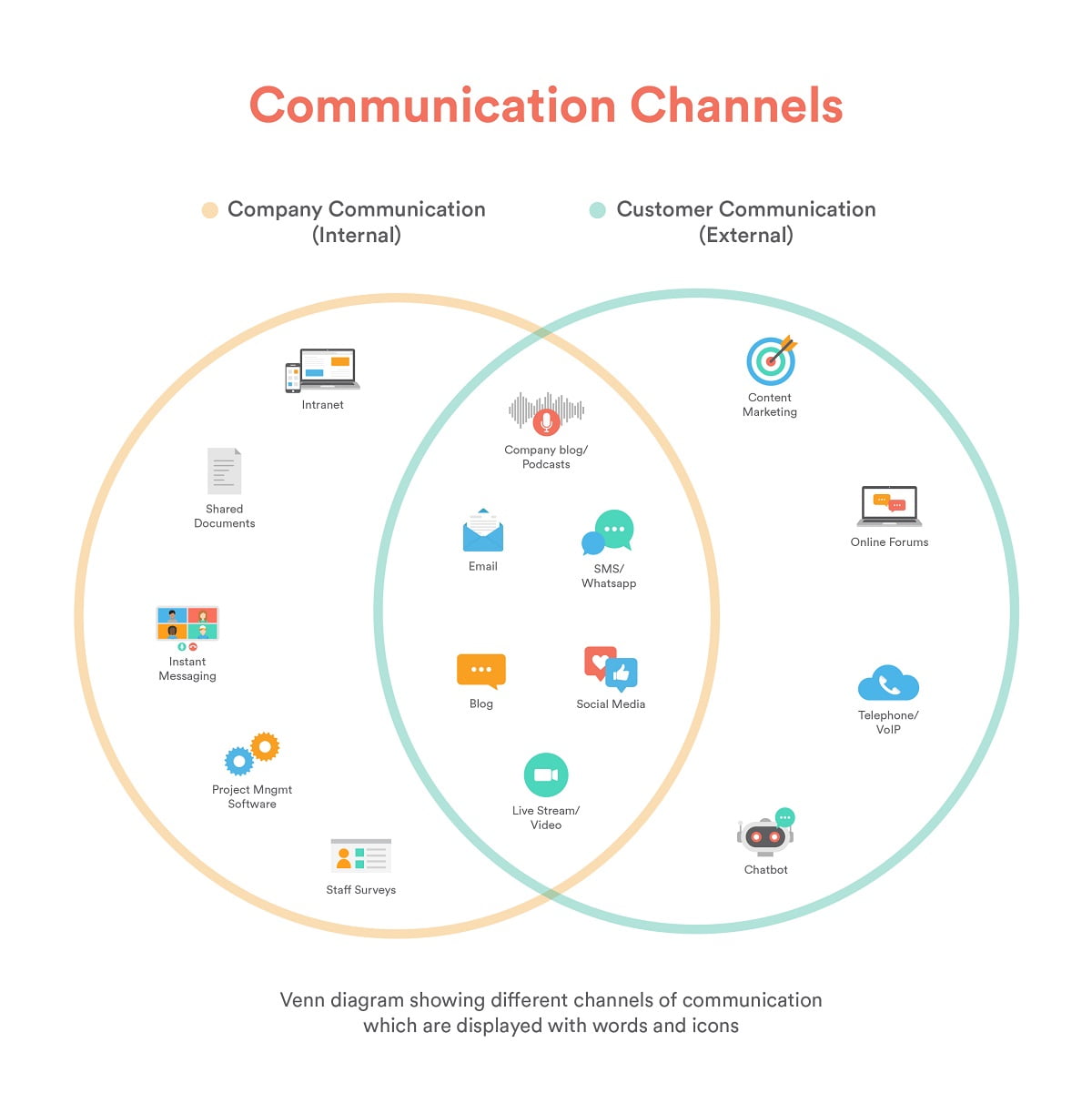56% of office workers said there has been more collaboration during Covid-19
Q1 2021 hedge fund letters, conferences and more
More Collaboration And Communication During Covid-19
Business advice website Expert Market have conducted brand new research on workplace and client communication throughout the pandemic, whereby 74% of white-collar companies were working remotely. They surveyed 100 small businesses on how they communicated with clients/ customers and colleagues through this time, and how their business has adapted. They found:
- 56% said there has been more collaboration during Covid-19
- 53% said they have received weekly updates from their company, 27% daily
- Email (73%) Zoom (66%), and Slack (60%) were the most common ways to stay in touch with colleagues
- When it comes to communicating with customers and clients, video calls and email took the equal top spot at 74%, followed by telephones at 50%.
- 79% of companies increased the number of digital communication channels used in their business, compared to 18% that didn’t
- 90% of companies saw a positive impact from remote working such as greater engagement and happiness levels
Quotes
“We now offer video and phone call meetings to all of our clients. Previously, all meetings were held in the office. We have found that clients, and us, prefer this digital form of communication because of the flexibility and comfort it provides. I think our clients appreciate the ability to discuss their legal issues from the comfort of their own homes, as these conversations can sometimes create stress.” Said Jonathan Cohen.
Similarly, Max Babych of software company commented: “At first it was chaotic, but soon enough we got used to it and now we're as productive as ever. We started using time trackers, productivity software, and became much more reliant on Cloud technology.”
Dima Suponau, who works for a customer call center platform, commented on how the team adapted to remote working: “We were forced to use more digital communication tools than ever before. We used to manage a lot of issues face-to-face, but we switched to Zoom, Slack, and email back-and-forth. We also implemented a time management tool that helps us see who owns which tasks and what the deadlines are.”














